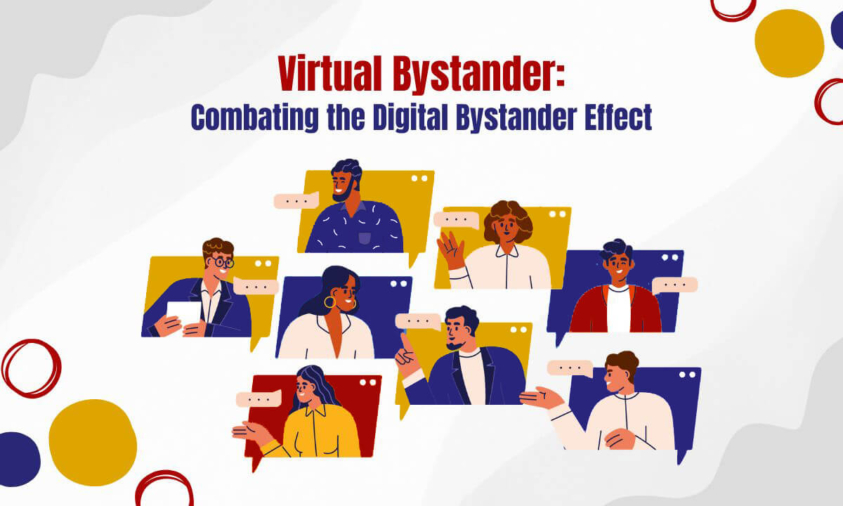In March 1964, a shocking murder occurred in Kew Gardens, Queens, New York. Kitty Genovese, a 28-year-old bar manager, was attacked and killed by Winston Moseley.
What made this case so infamous was not just the crime itself, but the reaction of the people around her. As Kitty screamed for help, about 38 neighbors heard her but did not intervene or call the police.
This lack of action by bystanders was widely reported and caused a significant stir, leading to a famous article in the New York Times titled “37 Who Saw Murder Didn’t Call the Police.”
The incident highlighted a phenomenon known as the bystander effect, where people fail to act in emergencies, believing others will take responsibility.
One might assume that the Kitty Genovese case happened so long ago before social media became prevalent, and that people didn’t understand its impact.
The pressing question is whether the outcome would have been different if social media had existed at the time.
The bystander of the past is completely different from the bystander of today. In the era of social media, many people are becoming digital bystanders.
This involves individuals witnessing distressing situations, such as online harassment or physical incidents, without intervening. Instead, they often record these events using their mobile devices and share them on social media platforms.
This behavior is particularly common among young people. The act of posting such videos without consent or consideration for the impact on victims and their families has contributed to a rise in digital bystanders.
Recently, there was a disturbing incident at the Maha Kumbh Mela where videos of women bathing were secretly recorded and sold online. This raises questions about whether social media can truly help us in such situations.
Here we come to know that we have forgotten humanity, and we have failed to use social media properly.
In digital platforms, the bystander effect can also occur, particularly in the context of online interactions.
- Cyberbullying: This remains a major issue in digital spaces. When many users witness online harassment but fail to intervene, it can be traumatizing to victims. The lack of action can make victims feel isolated and unsupported, leading to severe mental health impacts.
- Spread of Misinformation: The bystander effect can hinder efforts to counteract false information or harmful narratives online. If left unchecked, misinformation can lead to misunderstandings and harmful outcomes, further complicating online discourse.
- Mental Health Implications: Digital pleas for help, especially during mental health crises, may go unnoticed or unaddressed due to bystander apathy. This can worsen feelings of isolation and distress among those in need, highlighting the need for more empathetic and responsive online communities.
Online harassment is becoming more common, putting many people at risk of its negative effects. However, bystander intervention can be a powerful tool to improve online interactions and reduce the harm caused by cyberbullying.
Bystander intervention involves individuals witnessing an online harassment situation and taking action to prevent or stop it. By actively intervening, bystanders can play a pivotal role in protecting cyberbullying victims and promoting a healthier online environment.
Recognizing different forms of harassment is essential to effectively intervene. Understanding the impact on the victim can deepen empathy and motivation to act.
How do we combat the digital bystander effect?
- Educational Initiatives: Platforms and communities should educate users about the digital bystander effect to increase awareness of their roles and responsibilities. This can help users understand the impact of their inaction and encourage them to intervene when necessary.
- Simplifying Reporting Mechanisms: Making it easy and straightforward to report harmful content or behavior can motivate users to take action. This includes providing accessible and user-friendly reporting tools that ensure timely intervention.
- Promoting Digital Upstanders: Encouraging and celebrating users who take stands, intervene in situations, or support victims can help shift the collective mindset. By recognizing and rewarding positive actions, platforms can foster a culture of empathy and responsibility.
Direct intervention involves calling out harassment and offering support to the cyberbullying victim, while indirect intervention includes reporting, flagging, and documenting incidents for appropriate action.
Supporting the victim is a crucial best practice for bystanders. Simply being there to listen, show empathy, and stand in solidarity can make a big difference for those experiencing inappropriate behavior at work.
Additionally, using resources like taking screenshots of relevant emails, texts, or other communications can help create a clear and factual record of events.
Education and awareness plays a significant role in promoting positive online behavior and bystander intervention.
The digital age has changed how we communicate, interact, and see the world. While it brings numerous advantages, it also presents challenges. The bystander effect, which isn’t new, takes on new forms in this digital era.
Understanding these differences is the first step. Next, we need to educate people, innovate solutions, and promote a culture where everyone feels responsible for each other. By doing this, we can create online communities that are more empathetic, proactive, and supportive.
If you’re interested in teaching your employees how to become active bystanders, both offline and online, contact us to learn more about our customized training programs at +919004521614 or [email protected].
Authored by Gomathi Sridevi Radhakrishnan, Content Writer Intern


 Cart is empty
Cart is empty 
